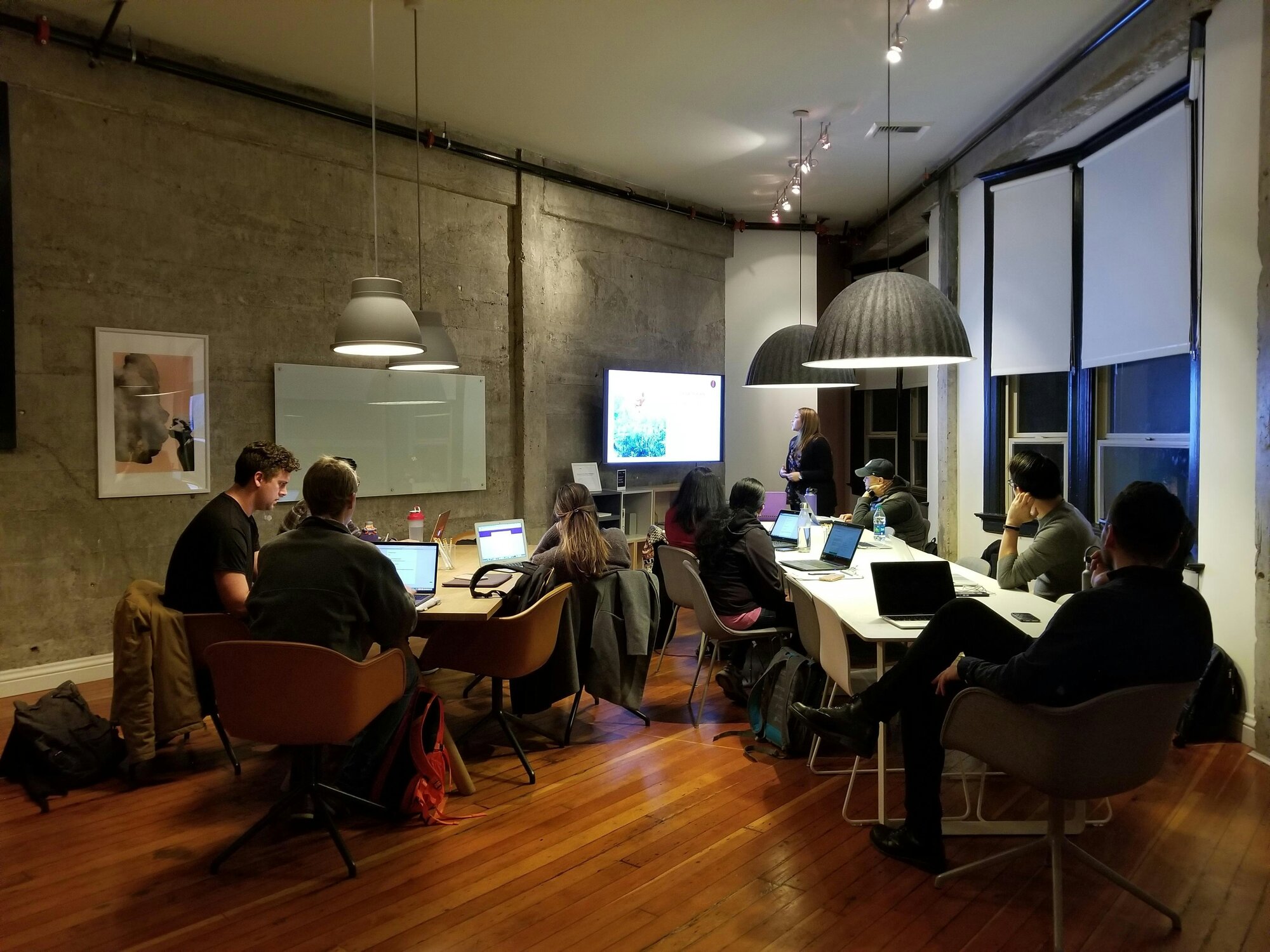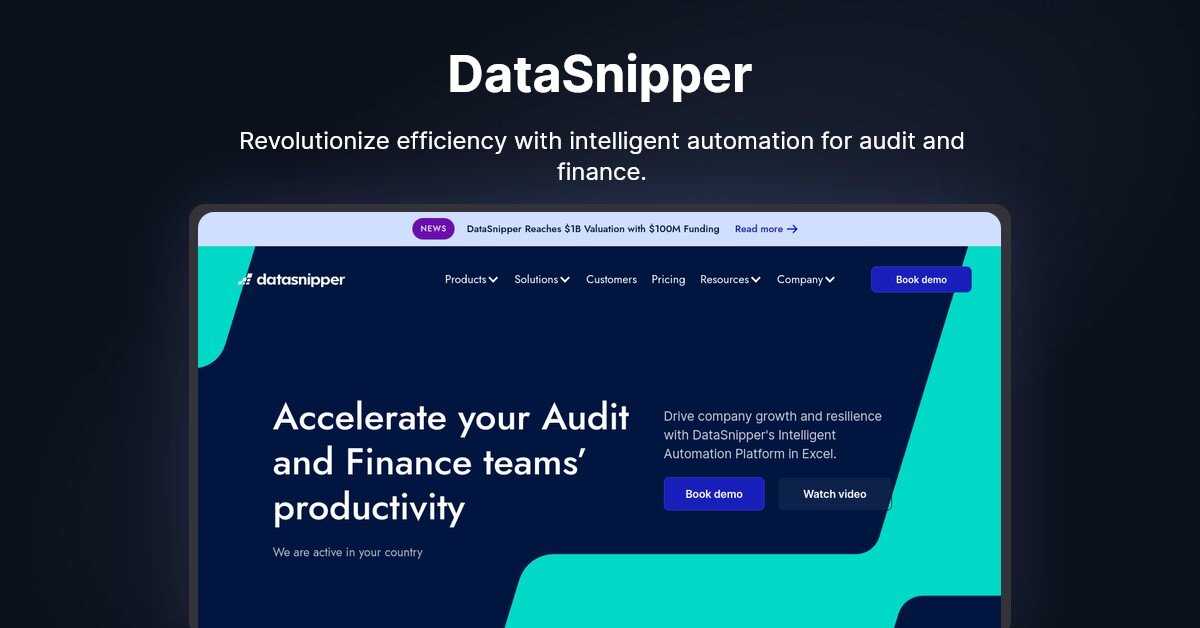In part one of this two-part series, we explored what cognitive bias is and looked at how we can overcome some of the common biases we see show up in our product management careers. These biases were confirmation bias, ostrich effect, clustering illusion, halo effect, and sunk cost fallacy. As a refresher, bias serves as a way to reduce our cognitive load so that we can speed up decision-making. The problem is that the decisions we make may not benefit us in the long run, and may even cause damage.
Some of the benefits of working on combating bias are that it forces you to spend more time with customers and your team, and it helps you create stronger feedback loops and systems to routinely review data and insights. A subsequent benefit of these items is that it helps you build a stronger product gut.
Your product gut is built up over time as you gain perspective and insight into your market, customers, and business. That’s not to say that you yourself become a central repository, or, single source of truth. Building experience as you gain insight helps strengthen your gut, but ongoing activities will still be necessary alongside checking your biases as you progress throughout your product career. To learn more about this gut concept, check out this article from Dovetail.
Let’s get back to some more biases for all of us to check. Starting off strong with our first:
1. Authority bias
Authority bias is one of the most prevalent and mentally draining biases we experience in product management. It’s when we privilege the opinions or judgments of someone in a position of authority and give them unmerited weight. We do this because we are either afraid of sharing a conflicting view with someone in a more senior position, or believe they must be right because of their position.
A case we can look at here is when a CPO or head of product has just had a meeting with a customer who is one of the company’s largest accounts. She walks away leaving a happy customer behind, because she’s prioritized their requests during the meeting. When she gets back to her team, she tells them what work lies ahead even though they’ve planned and allocated resources through the quarter based on research and data they’ve collected. The product manager – closest to the actual work – disagrees, but out of deference chooses to remain silent. There’s even contradictory data to support not doing the new work handed to the team by the head of product. Fear, or the hippo effect (highest paid person’s opinion) wins in these situations.
Combating authority
The example I gave is of a mentally and sometimes emotionally draining situation I’ve seen occur across many product teams. Biases like these do not just impact the product manager. Engineers and designers all feel a sense of defeat and lack of autonomy when this situation repeatedly occurs. However, just because it’s one of the more serious ones doesn’t mean it’s impossible to combat. As a matter of fact, as you work on combating this one, you strengthen your position as a product manager and future leader. Here’s what I recommend:
- When establishing relationships with your superiors, help them understand how you make decisions as a product manager. You ultimately roll up to the head of product, and you’ll have to influence them, and take direction from them. I have coached many people to use a personal user manual to help both their managers and their directs understand their style and decision-making process. This tool is effective not to just combat bias, but to create a relationship between directs and managers, and across teams. As you move up in your product career, remember these moments and use this manual to help create trust with your directs and broader team.
- Routinely share your roadmap or plans for the next quarter alongside data that has supported the decision. Ensure you are highlighting tradeoffs and work you won’t do as a result of working towards the outcome laid out in your plans. Equally important is ensuring you’re showcasing progress toward a pre-defined and agreed upon outcome.
- Be transparent about what will not make the quarter if you were to pull this new work in. Highlight any potential revenue impact and communication that has already gone out to customers or the market. Showing the wider impact will help paint the bigger picture.
I won’t sugarcoat it. There will be times no matter what you try, you’ll need to do what someone in a higher position prefers. The earlier you learn to build trust and show your objective decision-making capabilities, the better you’ll do as you progress in your career.
2. Recency bias
Sometimes recency bias can come up as a result of authority bias, or be tied to it somehow. By definition, recency bias is where we privilege information that’s the most recent, or top of mind, over potentially more relevant information that’s somewhat older or less current.
I say it’s related to authority bias because at times someone in a position of authority may have access to information about the market or competition that they feel will need to heavily influence current plans. At times you may be the one who has read a new article or listened to a podcast that provides a new idea or insight for you to consider. What we see too often is product managers leaning on this recent information so much that they pivot their current plans. This again sends people into a spiral. The entire team feels this and multiple parties beyond them are impacted in some way.
While there will be moments when we need to quickly pivot – as in the cases of a security issue, a global pandemic, a change causing negative outcomes for your customers, or something causing an ethical issue for your business via the product – they are rare and often absolutely necessary. In other cases, we need to work on combating our recency bias.
Combating recency
- Take a step back – you’ve already planned what’s ahead based on more information you had for a while: so think about the broader picture, and how this new perspective or information plays into that data set. Will not pivoting set you far back against the competition? I’ve seen a few cases like this in my time, and this piece is written during one of them – embracing AI. GDPR was another. There are few defining moments like these we need to pay attention to and make changes.
- Ask yourself if pivoting will prevent one of the negative consequences I mentioned among others. Ask what the tradeoff is and what the impact is to your current customers.
- Seek out different perspectives: Make sure you try to avoid quick confirmation and broaden your understanding of the situation.
3. Availability heuristic
Ever scrolled through a social media app and been repeatedly targeted for something you recently mentioned (or even just thought of)? Think about the amount of times those posts featured someone influential or high profile who claimed the good or service was beneficial to them. The information is so top of mind and so easily available because of where you’re spending your time that you are influenced to take action and make a purchase.
Availability heuristic is a bias that focuses on accessibility of information and easy memory recall. It takes effect when we give too much weight to information that’s top of mind or easily accessible when making product decisions. When a PM prioritizes only feedback from experts or only considers the most recent data that keeps popping up in their dashboard, they’re experiencing this bias. The information from these sources in a certain frequency is easily accessible and feels more credible, so they do little to validate it against more data.
We’ve all made a poor decision or two to purchase that thing from that app. And I know many a product manager who has made a decision they needed to back out of because they moved forward influenced by this bias. Here’s how we combat it:
Combating availability heuristic
To combat this we can do several things:
- Consider multiple data sources that serve as both qualitative and quantitative data.
- Look for patterns and trends over time vs. individual data points and opinions.
- Take a breath and consider whether you’ve got all information available to you before jumping to conclusions – lean on research.
Back to what I said about social media – if we just take a step back and look at the bigger picture, we can combat this one and make better decisions that we hopefully won’t kick ourselves for in the long run. Don’t make that purchase just yet!
4. Survivorship bias
When we focus on success stories and take learnings from them without also learning from failures or msisteps, we are experiencing survivorship bias. In other words, we’re conflating a successful subgroup in a given area with the entire group.
In product management, we learn more from the failures than the wins. However, we often see PMs prioritizing work based on what they’ve seen others do successfully while ignoring the vast majority of companies who have not been able to be as successful with a similar endeavor.
Diving into pitfalls and mistakes we encounter helps us focus on not just the mishaps themselves, but what it will take to ensure we avoid them going forward. This will subsequently lead to more options to consider as we make product decisions. It all leads to more important insights to feed your product gut.
Combating survivorship
- Look beyond what we see right up front. Celebrate the success stories, but ask questions about what it took to get there. There are tons of case studies available from some of the best companies out there that give an inside look into how they got to where they are today.
- Look at a healthy balance of successful and unsuccessful features and products that are aiming to drive a similar outcome. Again, understanding situations and context behind these features will help us charter a better path forward for our team.
5. Bandwagon
The last bias is the bandwagon effect. Another term for this one is herd mentality. We define this one as prioritizing a point of view or direction based on the number of people doing it. As bias is supposed to reduce our cognitive load, this one reduces the amount of work we need to do by showing us if the majority is doing it, it should be fine. In our world this shows up when a PM prioritizes work based on what the competition is doing or based on what’s trendy at the moment.
If a product manager is susceptible to this bias, they will be building off trends and external influence, forgetting the needs of your particular business. There is likely little product and value differentiation in their roadmap, and your customer facing teams will have a harder time selling your product as a result of it. Another angle to consider is the missed opportunity for innovation and overall differentiation that would drive a competitive advantage for your company.
Combating bandwagon
I’ll first say that as product managers, YOUR value proposition and YOUR company mission should always guide your work, not someone else's.
- Focus on gathering a steady and healthy balance of market research, customer feedback, internal stakeholder input and segment data.
- Work on your critical thinking skills and keep on the hat of an employee of your company as you review products and trends in the marketplace.
Final thoughts
While it’s impossible to be completely free of biases, we need to build checks and balances into our routines and processes to help us mitigate their influence on our decision making. To do this, we must seek out diverse perspectives and welcome different points of view. We should also define testable hypotheses and set measurable goals as we experiment. Along the way as we build our data set, we are able to iterate quickly and bring others along in this cycle to help achieve our goals.
We also want to leverage a healthy amount of product analytics to identify patterns across various data sets. Compare behavioral data with NPS responses – where do they align or contradict one another? Be sure to consider different segments of users to surface new insights and focus on specific problem areas.
Remember that being data-driven is necessary, but not enough. Think about the product gut balance. But do your best to spot biases and rely on data-driven insights where possible.
Between these two articles, you’ve seen some common biases that show up for us in our product careers. Some of these biases feel closely tied to one another, and that’s because many of them are. I encourage you to explore the cognitive bias codex where you can see commonalities across the biases and why they occur. Another reference is the Pendo asset, 10 common biases in Product Management.







